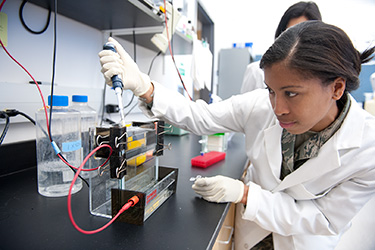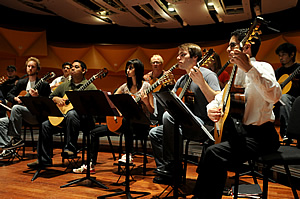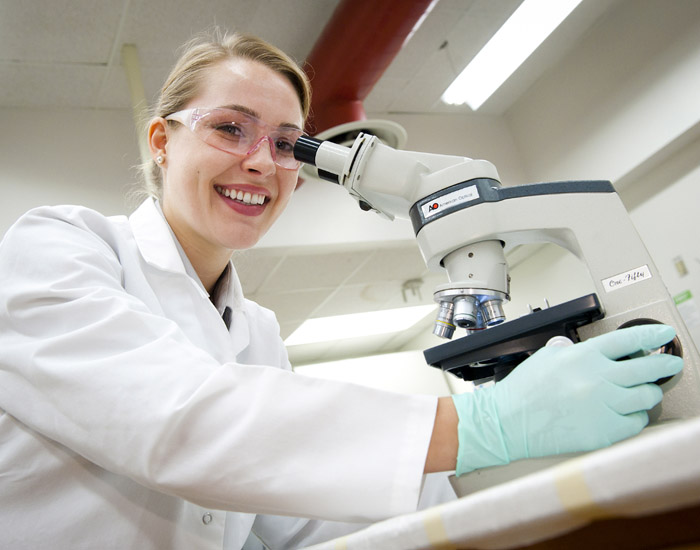
Rochester Institute of Technology - Civil Engineering Technology BS
Civil Engineering Technology BS
Todd Dunn, Department Chair
(585) 475-2900, gtdite@rit.edu
Scott B. Wolcott, Undergraduate Coordinator
(585) 475-6647, sbwite@rit.edu.

Program overview
 The civil engineering technology major prepares students for employment in the fields of civil engineering, construction management, and other closely related professions. Students learn civil engineering technology fundamentals from faculty members who have years of practical, professional, on-the-job experience. The major stresses applied engineering, where students work in various laboratory settings to learn about theory, how design parameters are determined, and how to best utilize state-of-the-art equipment and engineering software. In addition, students learn the skills necessary to pursue additional education, certification, or professional licensure. Course work and extracurricular activities are designed to broaden students' involvement in organizations within and outside their profession. These objectives are achieved through a broad-based curriculum that offers students a choice of five elective paths that meet specific career interests.
The civil engineering technology major prepares students for employment in the fields of civil engineering, construction management, and other closely related professions. Students learn civil engineering technology fundamentals from faculty members who have years of practical, professional, on-the-job experience. The major stresses applied engineering, where students work in various laboratory settings to learn about theory, how design parameters are determined, and how to best utilize state-of-the-art equipment and engineering software. In addition, students learn the skills necessary to pursue additional education, certification, or professional licensure. Course work and extracurricular activities are designed to broaden students' involvement in organizations within and outside their profession. These objectives are achieved through a broad-based curriculum that offers students a choice of five elective paths that meet specific career interests.
Program goal
The goal of the civil engineering technology major is to provide an academically demanding education to meet the needs of students and employers by properly preparing them for a successful career after graduation.
Accreditation
The civil engineering technology major is accredited by the Engineering Technology Accreditation Commission (ETAC) of ABET, http://www.abet.org.
Plan of study

The major includes two technical electives and two free electives that can be used to gain additional depth or breadth in civil engineering or construction management. In addition, students may choose to utilize electives to pursue a minor outside of the civil engineering technology major or a professional option within the major. Options are not required, but students may choose to complete an option in construction management, structural design, or water resources to gain a deep understanding of these particular topics and how they impact civil engineering.
Professional options
 Students may choose to pursue one of three professional options in construction management, structural design, or water resources. Professional options consist of three courses chisen by the student.
Students may choose to pursue one of three professional options in construction management, structural design, or water resources. Professional options consist of three courses chisen by the student.
Construction management
The construction management option is ideal for students who have an interest in courses related to the business, management, and technical aspects related to construction.
Structural design
The structural design option provides a focus in structural design and the use of different types of structures and materials. It also introduces related design codes.
Water resources
The water resources option is for students who have an interest in courses related to water treatment, wastewater treatment, hydrology, and the environment.













































